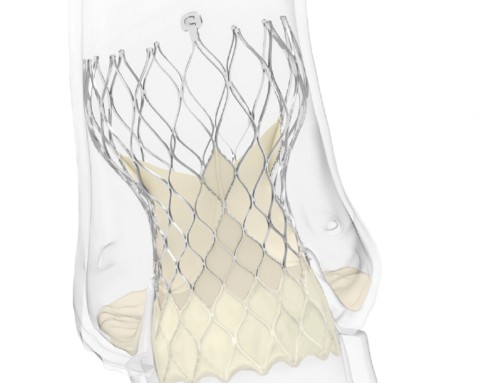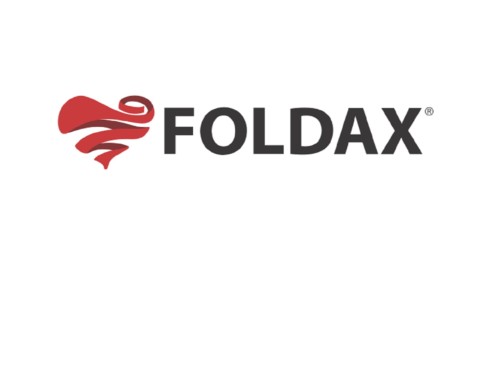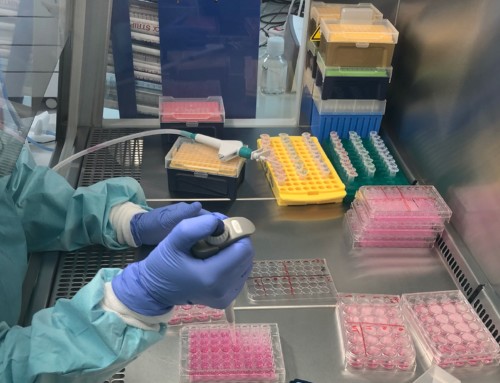
Concept Medical has been granted Breakthrough Device Designation from the FDA for its MagicTouch percutaneous transluminal angioplasty (PTA) device—a sirolimus drug-coated balloon catheter—for the treatment of below-the-knee lesions. Earlier this year, on 30 April 2019, Concept Medical received its first Breakthrough Device for its MagicTouch coronary balloon for the treatment of Coronary Artery Disease in patients with in-stent restenosis.
The breakthrough device designation granted to MagicTouch PTA provides Concept Medical with an opportunity to interact with the FDA’s experts through several different programme options to efficiently address topics as they arise during the premarket review phase, which can help manufacturers receive feedback from the FDA and identify areas of agreement in a timely way. Manufacturers can also expect a prioritised review of their submission. Under the programme, the FDA will provide Concept Medical with priority review and interactive communication regarding device development and clinical trial protocols, through to commercialisation decisions.
A press release reports that Concept Medical has pioneered a sirolimus drug delivery platform technology (nanolute technology) that has a proven commercial history in the coronary applications in more than 30,000 patients worldwide. MagicTouch PTA sirolimus-coated balloon was developed using nanolute technology for use in peripheral arterial disease.
Edward Choke (Sengkang General Hospital, Singapore), principal investigator of the ongoing XTOSI clinical study, says: “XTOSI study is the world’s first pilot study to investigate the safety and efficacy of novel MagicTouch PTA sirolimus drug-coated balloon in the treatment of below-the-knee arterial lesions in addition to femoropopliteal lesions.” In the study, the majority of patients enrolled had major comorbidities (diabetes and end-stage renal failure) and the indication for angioplasty was for severe critical limb ischaemia (more than 90% had the most severe Rutherford scores of 5 or 6). The extent of peripheral arterial disease treated was also severe, and about 80% of patients did not have any patent below the knee arteries before angioplasty.
“I am very encouraged by the excellent results so far in these challenging cohort of patients. Device and technical success were both 100%. Freedom from device and procedure-related mortality was 100%. Limb salvage rate at 30 days was 97%. At six months, freedom from clinically-driven target lesion revascularization was 91%; and primary patency, independently and blindly assessed by duplex ultrasound, was 82%. I did not encounter any distal embolisation or ‘slow flow phenomenon’ after application of sirolimus-coated balloon in below-the-knee lesions,” Choke adds.





